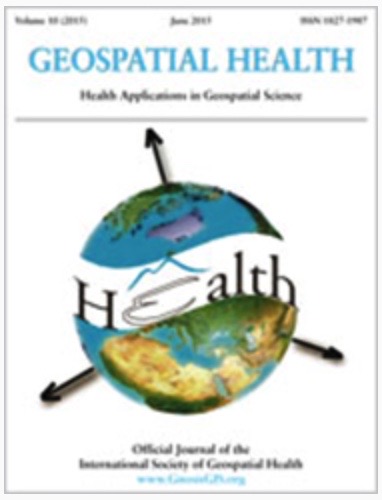Original Articles
11 May 2017
Vol. 12 No. 1 (2017)
52
3
35
0
 Smart Citations
Smart Citations52
3
35
0
Citing PublicationsSupportingMentioningContrasting
See how this article has been cited at scite.ai
scite shows how a scientific paper has been cited by providing the context of the citation, a classification describing whether it supports, mentions, or contrasts the cited claim, and a label indicating in which section the citation was made.
Spatial accessibility to basic public health services in South Sudan
Altmetrics
Downloads
Supporting Agencies
Wellcome Trust, UK Department for International DevelopmentHow to Cite
Spatial accessibility to basic public health services in South Sudan. (2017). Geospatial Health, 12(1). https://doi.org/10.4081/gh.2017.510
PAGEPress has chosen to apply the Creative Commons Attribution NonCommercial 4.0 International License (CC BY-NC 4.0) to all manuscripts to be published.








